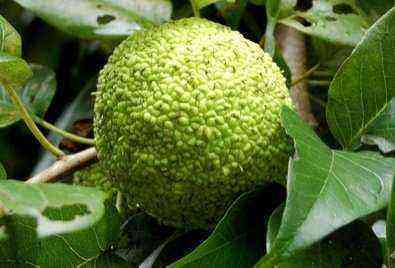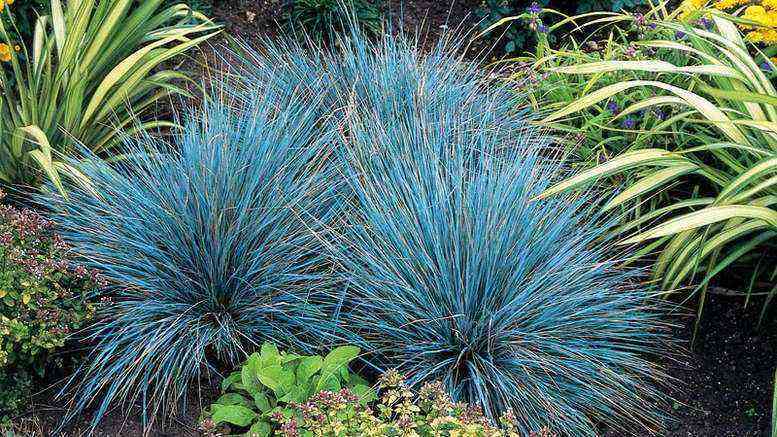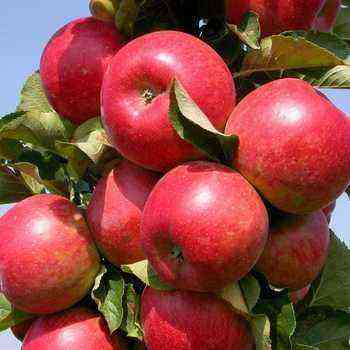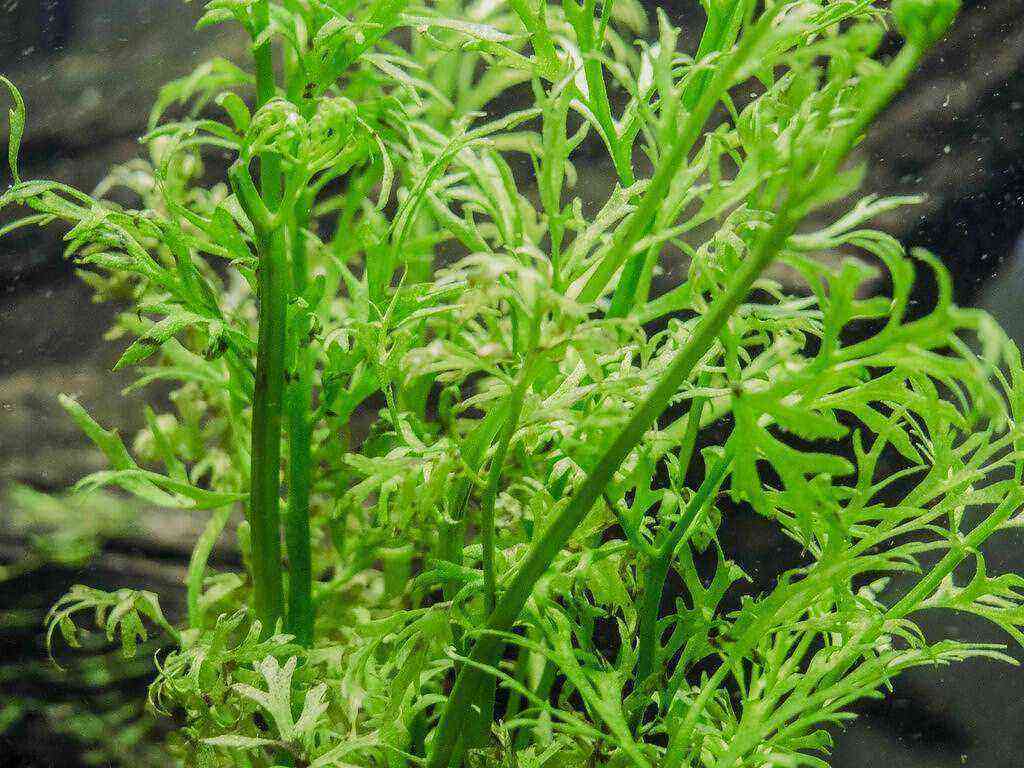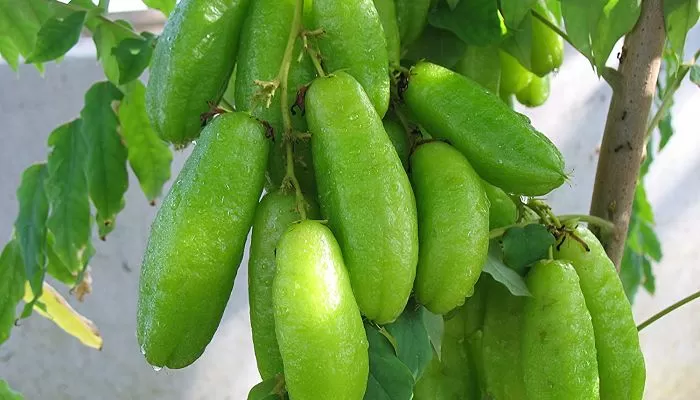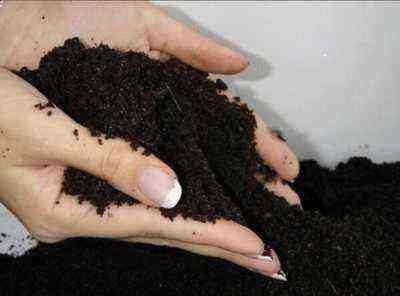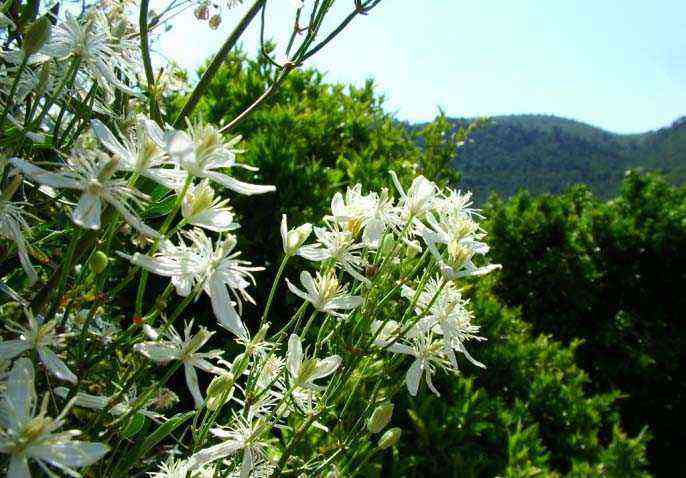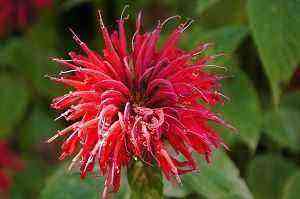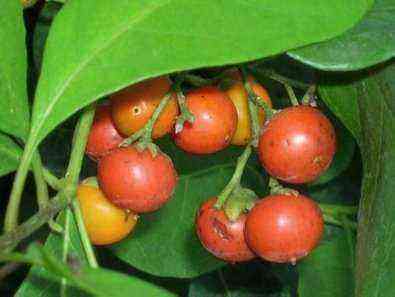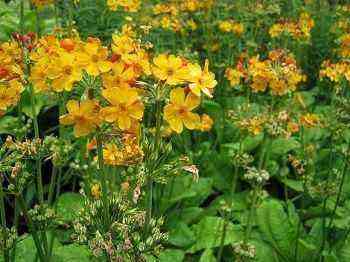Features of the growth of mountain pine
Mountain pine is a coniferous tree with a dense, wide-pyramidal crown, up to 5 m in diameter. The average plant height is 7-8 m, it grows slowly, adding only up to 15 cm in height and up to 12 cm in width per year. The life span of a tree is 200-300 years, but each of the needles on the branches does not exist for more than 5 years (over time, they all turn yellow and fall off).
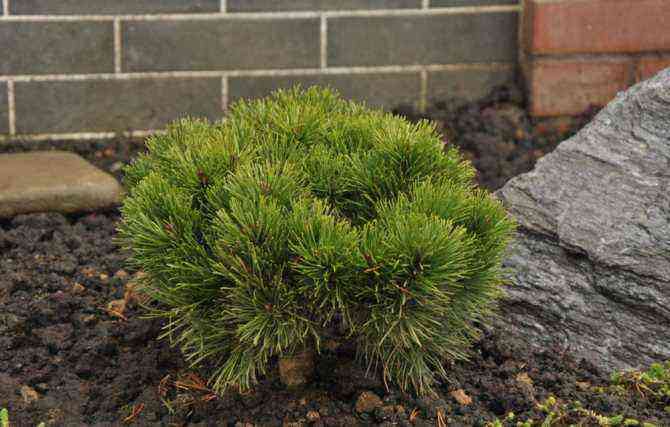

Methods of reproduction
If there is already one adult mountain pine tree on the site, then it will not be difficult to get a few more, the main thing is to learn how to properly propagate the mother plant. This can be done in one of two ways: by seed or by cuttings, while observing a number of requirements for the procedure being carried out.
Important! The first cones appear on pine trees only by the eighth year of cultivation, so if you need a plant purely for decorative purposes, it is better to buy already adult seedlings, about 5 years old.
Seeds
The ability of mountain pine to reproduce by seeds is deservedly considered the most acceptable option for obtaining new, beautiful and healthy plants at home. If the procedure is performed correctly, all seedlings will retain their parental characteristics and will have a high decorative effect.
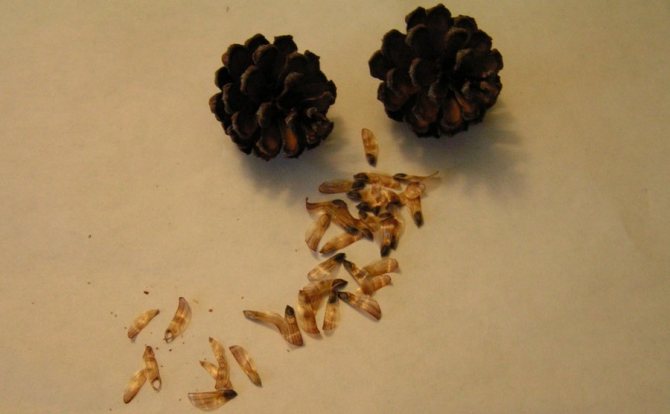

The step-by-step growing process will look like this:
- To begin with, prepare the seedling boxes by organizing drainage holes at the bottom and filling the containers with a suitable soil mixture (the optimal solution is a light and loose substrate from the places of natural growth of mountain pine, lightly sprinkled with peat on top, which protects future plants from the development of fungal diseases).
- Dip the prepared seeds into a solution of “Fitosporin” or “Fundazol” and leave there for 10–20 minutes. for disinfection.
- Move the planting material into the prepared soil, deepening each seed by no more than 0,5 cm (you can simply scatter them on the surface of the ground, only lightly sprinkling with the remaining soil). Be sure to leave 5 cm of free space between the “neighbors”.
- Sprinkle the plantings with water from a spray bottle, cover the box with the seedlings with plastic wrap and leave in a warm place.
- The first shoots will appear in 14–20 days, after which the film can be removed, and young shoots can be watered, continuing to regularly perform this procedure using a spray bottle.
- Well-rooted seedlings are moved into open ground no earlier than 1-2 years after sowing, without exposing the root system when planting.


Gardeners cannot come to a consensus on the need to stratify pine seeds before planting them, and while some consider exposure to cold as a good incentive for the rapid germination of sown planting material, others argue that such treatment only increases the likelihood of seed mold.
Did you know? The owner of the longest needles among its pine “congeners” is considered to be a bog type of tree, with needles up to 45 cm in length.
However, if you do not have the desire to take risks, you can simply dry the seeds extracted from the cones well in room conditions, and then move the seeds to a humid environment for about 5 days to sprout the sprouts (just wrap the seeds in a damp cloth, regularly checking their condition and preventing the appearance of mold).
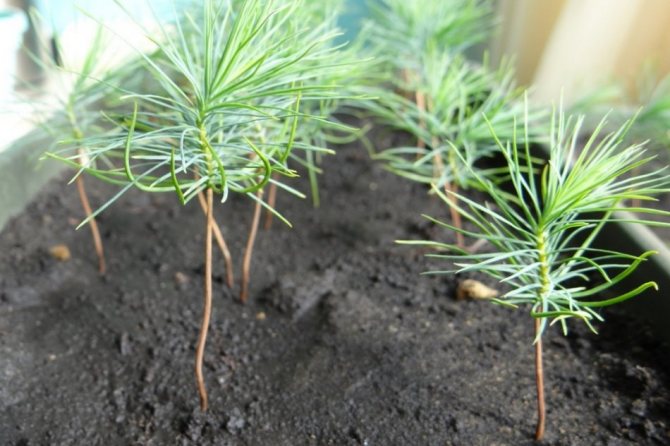

If you nevertheless decide to stratify the planting material, then after soaking in water, mix the seeds with sand (in a ratio of 1: 3) and send them to the cellar at zero temperature for another week, after which it remains only to sow them in prepared boxes.
Cuttings
Cutting is a widely used method of propagation for many garden trees, so it is not surprising that it is also often used when growing mountain pine. Usually this procedure is carried out in the spring, choosing in advance as a mother plant a young and completely healthy tree grown on the territory of private households, not in the wild. A suitable planting material in this case will be annual shoots growing vertically upwards. Cut 10-centimeter cuttings along with the part of the tree to which it was attached (the so-called “heel”).
Important! To rid the prepared sections of a large amount of resinous deposits, it is recommended to soak them in water for about 3 hours, and then disinfect them using a weak solution of potassium permanganate or any commercial preparation suitable for these purposes.
The process of preparing and planting a mountain pine cutting will look like this:
- Place the disinfected piece of the branch in a solution of Kornevin or another root formation stimulator for 12 hours.
- During this time, prepare a planting container by laying a drainage layer of small pebbles on the bottom and filling in a soil mixture of equal proportions of turf and sand.
- Move the properly processed stalk into a prepared box, deepening into the ground 4–5 cm, 10 centimeters from the adjacent segment.
- Upon completion of planting activities, sprinkle the surface of the earth with water, cover the box with plastic wrap or glass, thus organizing a greenhouse (it is good if an additional heat source is installed under the boxes, such as a window sill over a radiator or boxes with half-dried compost or manure).
- Move the container with plantings to a well-lit place.
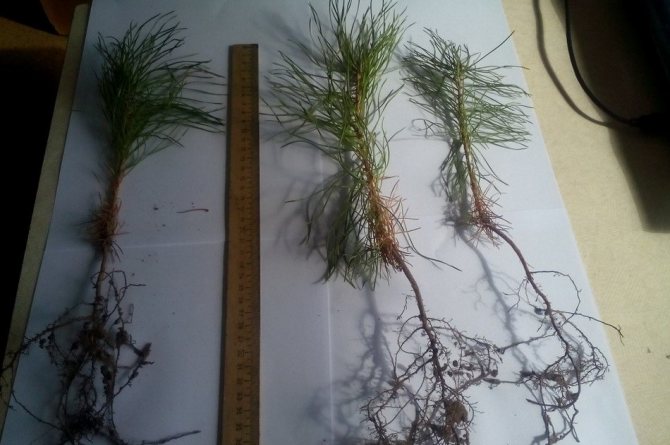

Given the long rooting period of almost all types of pines, you should not bother the cuttings with a transplant in the first year after planting the cuttings. It will be possible to transfer them to a permanent place of growth in open soil no earlier than next fall, provided that you plant the segments in the spring of this year.
Video: we propagate conifers by cuttings
seed
Women’s disputes carry a large supply of nutrients, therefore they are larger than men’s. They resemble the ovules of seed plants. And small male spores are like pollen grains.
The ovules are covered with several layers of a protective shell. The inner layer comes from spores. Thus, it can be assumed that the ovules originated from the sporangia. And the rest of the layers of the protective shell originated from them (see Fig. 1).
Fig. 1. Sporangia of the seed fern
Micropile (see Fig. 2) – a narrow hole at the apex of the ovule, passing into the canal.
Fig. 2. Micropile
Seed propagation is the main feature that distinguishes seed plants from ferns. Thus, the extinct seed ferns are primitive gymnosperms.
Care during germination
Pine is a light-loving plant, therefore, during the entire time of seed germination or rooting of cuttings, the box with young plants should be stored on the windowsill, slightly shading the sprouts from direct exposure to the sun. This is especially true of young seedlings that appear approximately on the 14th day after sowing and are particularly tender in tissues. To prevent the development of diseases, once a week, they can be sprayed with a light pink solution of potassium permanganate, simultaneously moistening the surface of the soil from the spray gun when it dries.
Soon after the next watering, it may be necessary to loosen the soil to prevent the soil from becoming crusty. This procedure must be performed as carefully as possible, using a toothpick as a tool, with which the soil is slightly fluffed in the aisles.
Find out what an almond tree looks like.
In the warm season, grown and matured seedlings should be fed 2-3 times with special mineral mixtures for conifers. It is easy to find them in ordinary gardening stores (for example, the drug “Agrecol” or “Novofert”). Dosage and application features are always indicated on the package.

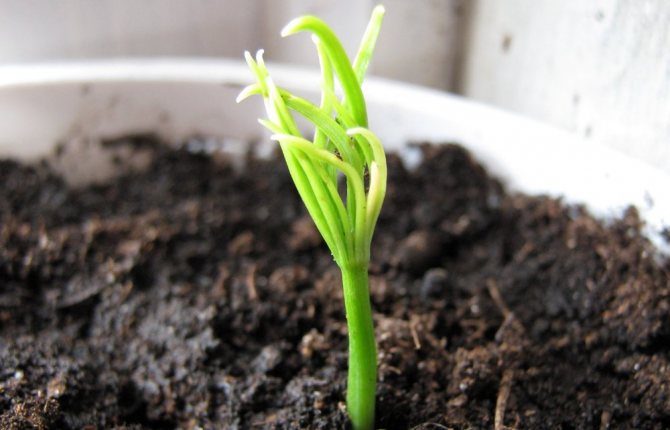
Diseases and pests
Of the diseases of pine trees in decorative plantings, blister rust or seryanka is most often found. This can be seen by the yellow bloom at the ends of the needles. Such trees are not treated, they are removed from the site and destroyed.
To prevent the disease, it is necessary for preventive purposes to regularly treat trees with preparations containing copper in the composition.
The most common pests that can attack a tree are aphids and caterpillars. They mainly settle on the edges of young shoots and damage buds and needles. They can be removed with special insecticides by treating all trees and plants that grow nearby.
Preparing the landing site
As soon as the young plant is well rooted and consolidated in the seedling container, it can be transplanted to the site, having selected the most suitable place for this in advance.
It is important to take into account several criteria at once:
- moderate moisture content of the substrate (mountain pine does not tolerate wetlands);
- sufficient illumination of the territory;
- the presence of an optimally suitable soil composition.
As for the last point, it is better to organize the footprint using a sand-clay mixture. The size of the pit will depend on the size of the plant’s rhizome. (usually the seat should be 2 times the volume of the container), therefore, on average, at least 15-30 cm should be added to the initial parameters.
We advise you to find out how to transplant an adult apple tree to a new place.
A drainage layer of expanded clay or broken brick is laid on the bottom of the pit, on top of which a nutritious soil mixture is poured from 3 parts of sod soil, 1 part of peat and the same amount of river sand. On depleted soils, it is useful to add 20-30 g of complex fertilizer to them and mix everything thoroughly.
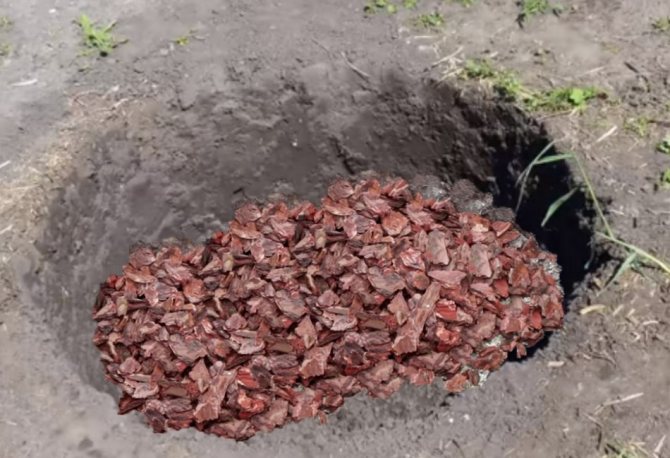
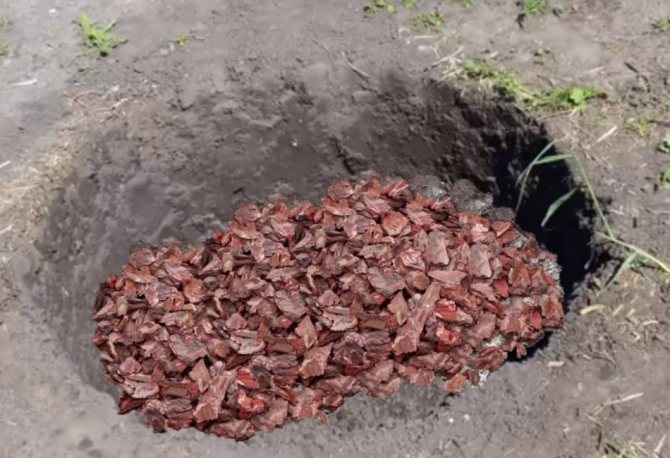
The transplanting process is no different from similar actions for the reproduction of other trees: a pine tree with an earthen lump moves from a closed container to a hole prepared for it, and the remaining space is filled with the remaining earth. At the end of planting activities, it remains only to compact the substrate in the near-trunk zone and water the pine abundantly.
Video: planting a mountain pine
Young plant care
Care for young mountain pine in the open field begins soon after it is transplanted to a permanent place of growth and includes watering and feeding the plant. If we are talking about a young seedling, then you should also pay attention to the correct preparation for the winter season, otherwise there is every chance that a fragile pine tree simply will not survive it. Every aspect of tree care has its own characteristics that should not be forgotten when cultivating it.
Did you know? The tallest pines are deservedly considered Lambert trees growing in North America. Many of them reach 70–80 m, which is comparable to the height of two 10-storey buildings.
Watering and top dressing
Moistening the substrate is especially important for a young plant during the rooting period in open soil, therefore, during the first month after transplanting, it is worth moistening the substrate in the near-stem zone at least 1 time per week. In the future, the frequency of watering can be reduced, focusing more on weather conditions and natural precipitation.

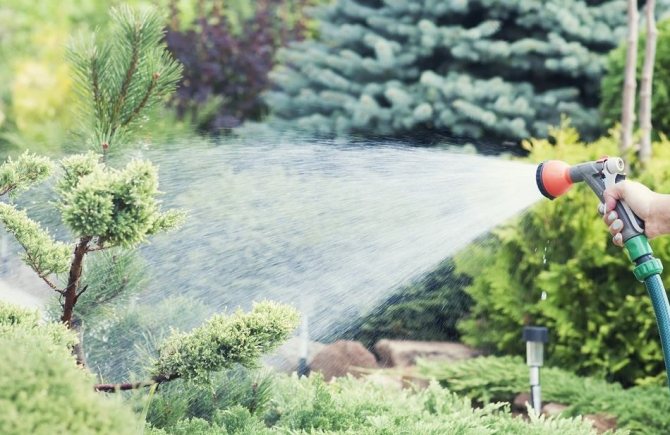
Fertilization of plantings is also important in the first 3 years after transplanting to open areas, and ready-made mineral mixtures for conifers can be used as nutrient compositions. From organic matter, only compost will be a suitable solution, and then if it is well overcooked. An excess of nitrogen in the ground is undesirable for conifers, and mountain pine is no exception in this matter.
Important! The most suitable period for fertilization is late spring or early autumn, moreover, when feeding the plants twice a year, the second time you should use half of the mixtures applied in spring.
With excessive soil compaction, gardeners recommend loosening, but only superficially, since the roots of the plant are very close to the surface, and they are easy to damage.
Video: fertilizers for conifers
Preparation for winter
Winter cold for mountain pine is not terrible, and in its natural habitat, it is able to calmly endure even harsh northern winters. However, immediately after transplanting to an open area, young seedlings still do not have time to get stronger, and the very first frosts can adversely affect young branches.
To protect the seedlings, in preparation for winter, they are tied together and covered with spruce branches., which will prevent breakage from adhering snow and protect from frosty air. With the arrival of stable spring heat, the shelter must be disassembled, otherwise the branches may rot, which also threatens the development of fungal ailments.
You will be interested to know how many years a cherry lives.
In general, the reproduction of mountain pine is quite a doable task, and even a novice gardener can cope with it. All that is required is a little patience and perseverance, and then in a year the cuttings or varietal seed material for planting will turn into a viable sapling of a young tree, which is suitable for further planting in an open area.
Application
Pine is used in many industries. Its wood has a soft structure, which makes it easy to process it and prepare carved home decorations, furniture and even build houses from it. Also, this tree is often used by landscape designers to decorate an area near a house or make an alpine slide.
Many conifers have medicinal properties. Folk recipes often include young shoots or pine cones. They are used to make tinctures, medicines and lotions.
More information can be found in the video.
Many gardeners are convinced that pine propagation at home is possible only by seeds. However, this is absolutely not the case, the tree can also be propagated by cuttings or grafting. The article provides detailed instructions for propagating this amazing coniferous plant in all possible ways.


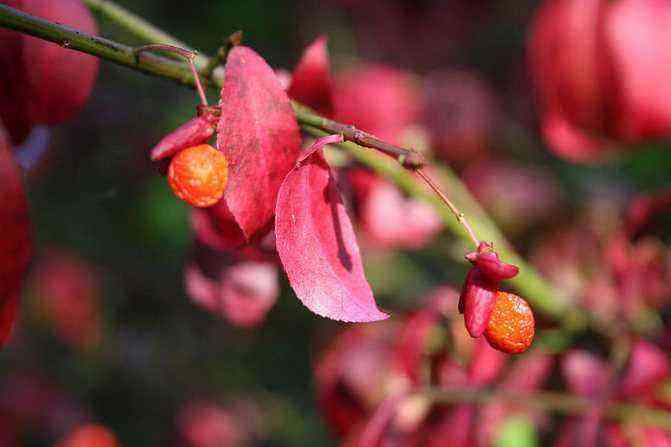
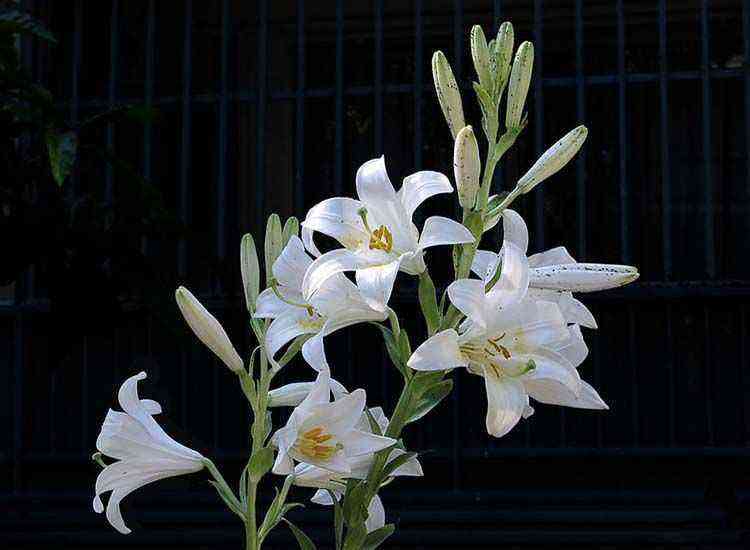

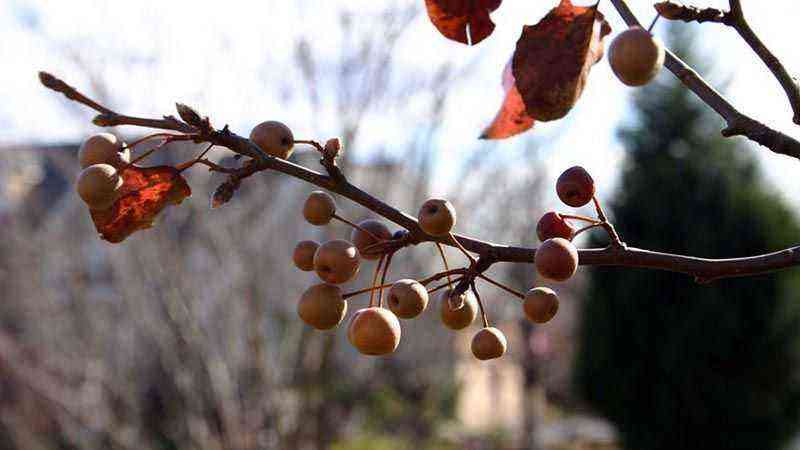
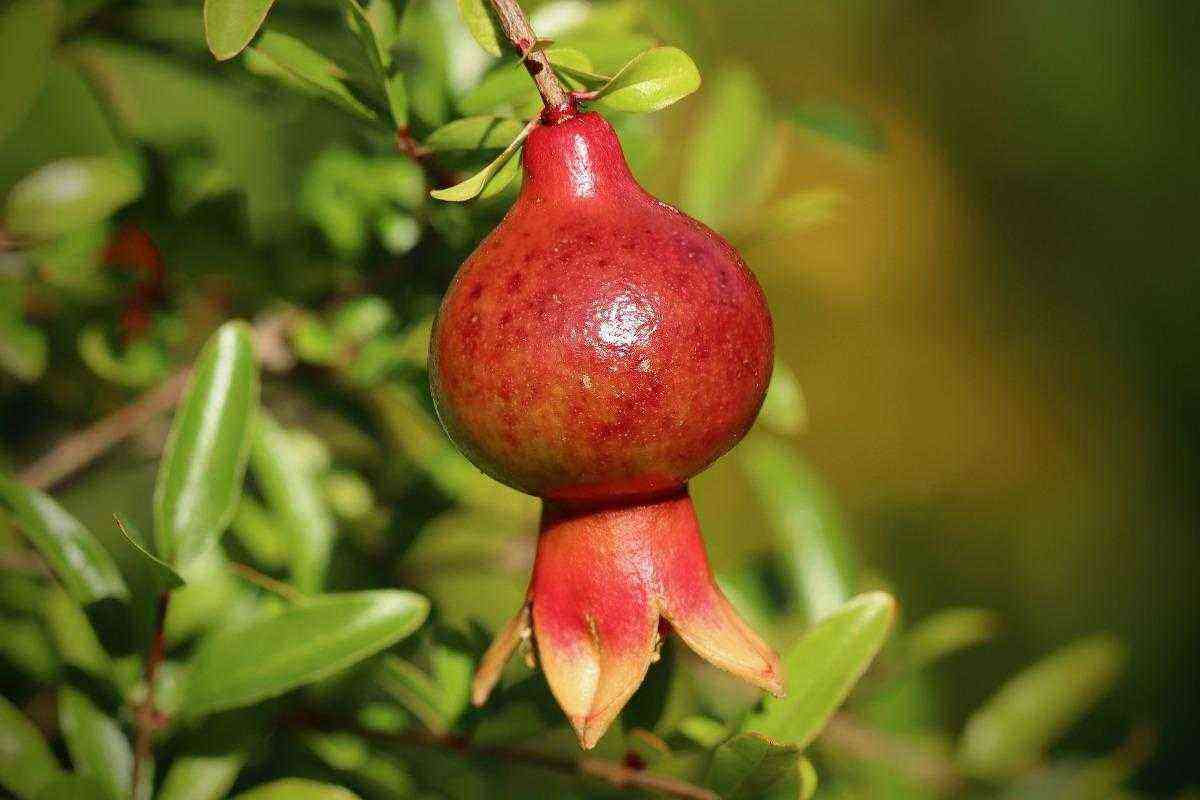
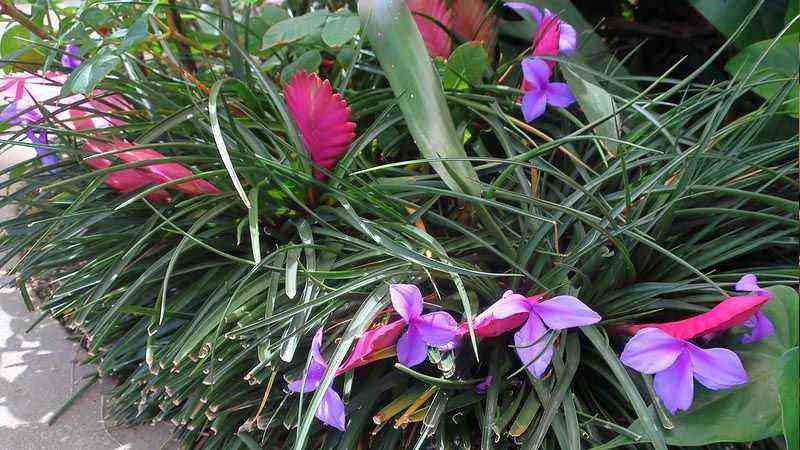
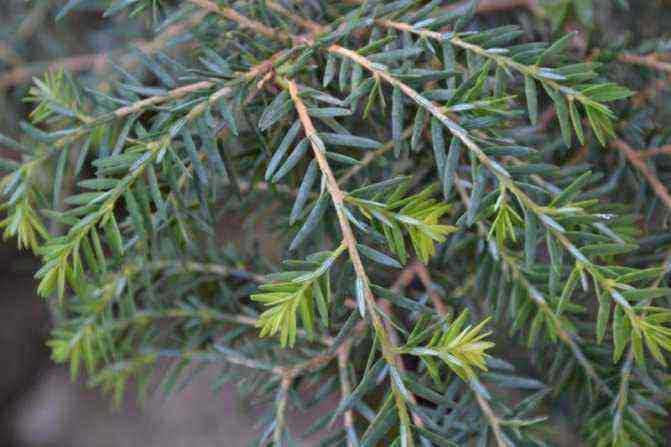
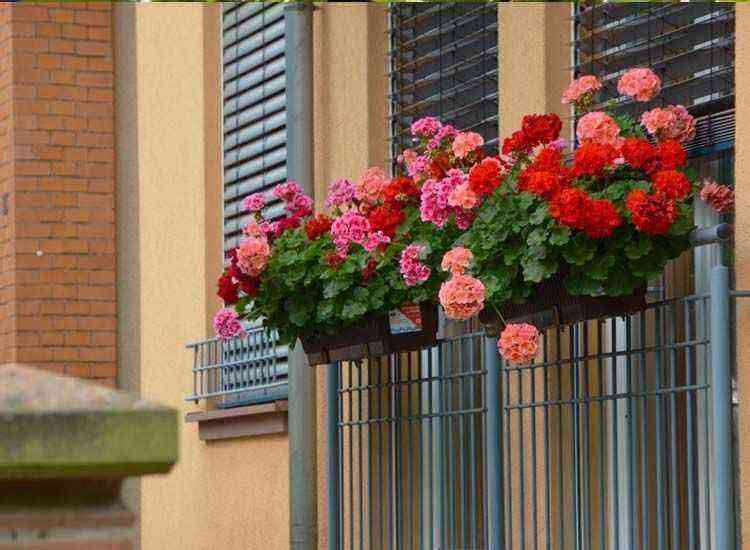
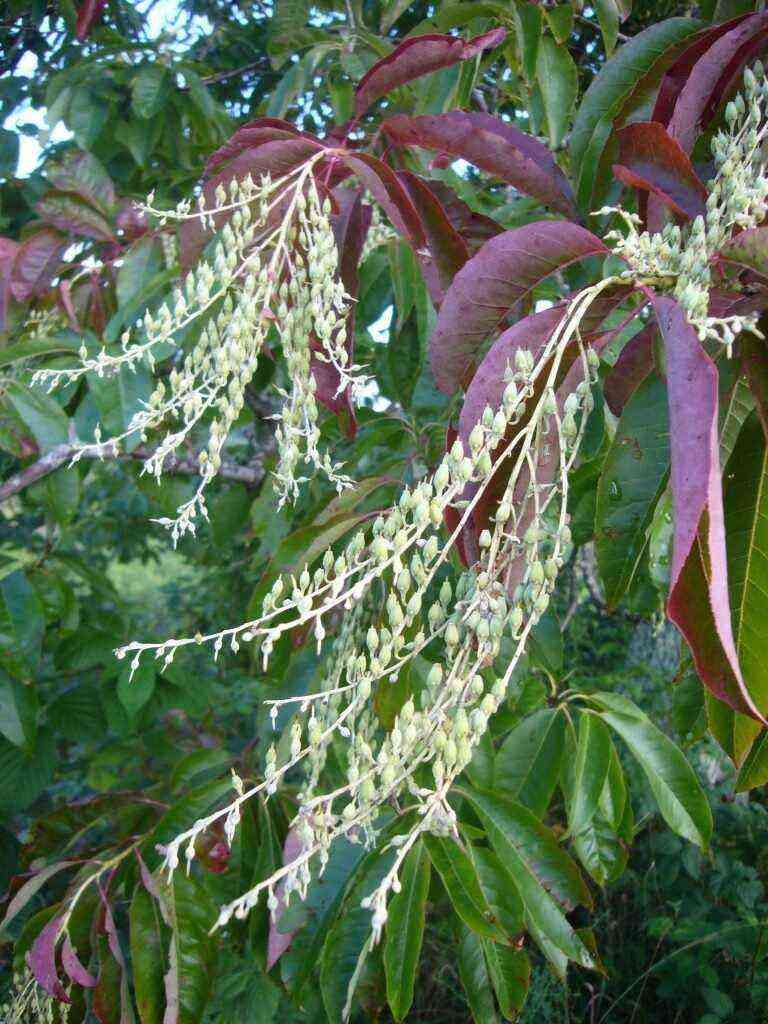
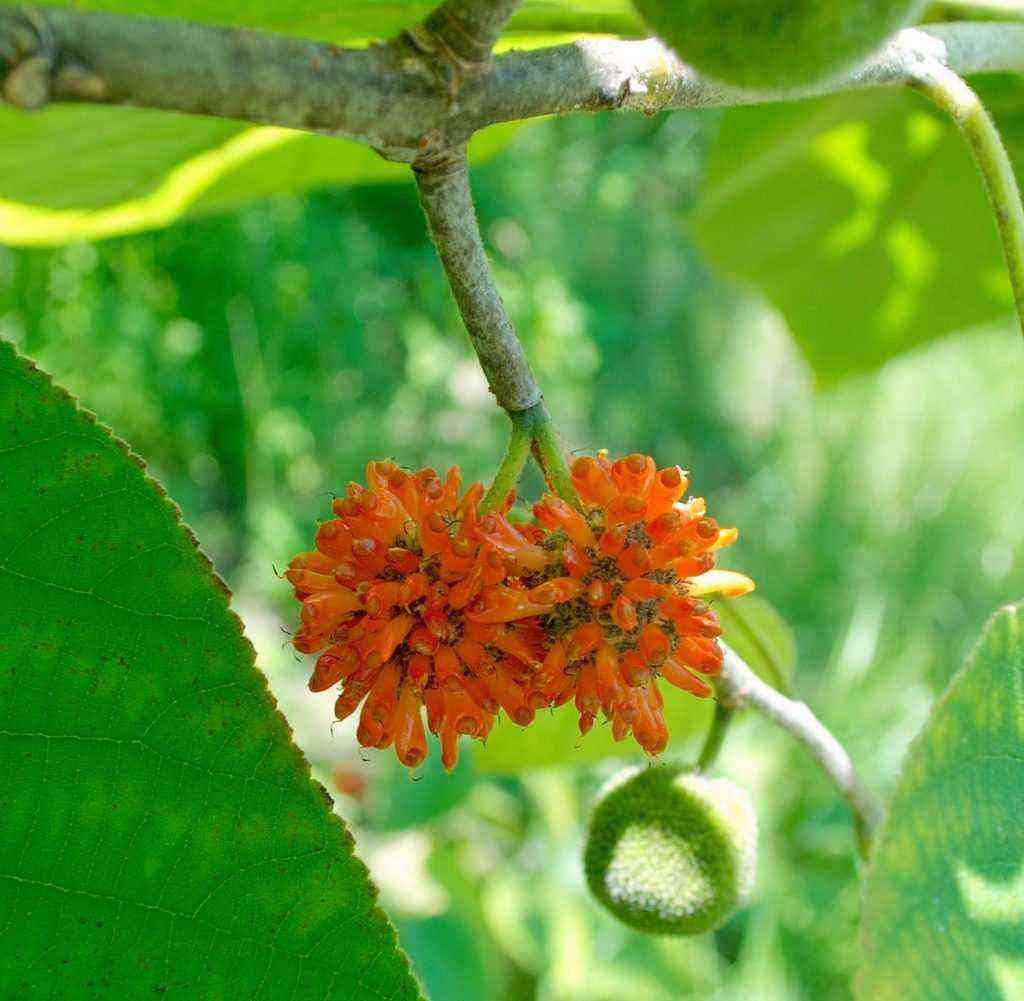
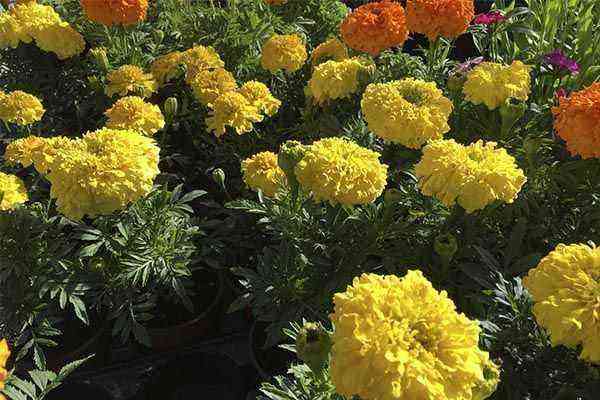
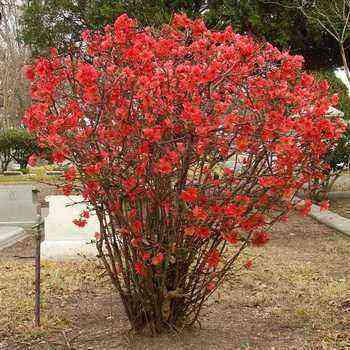
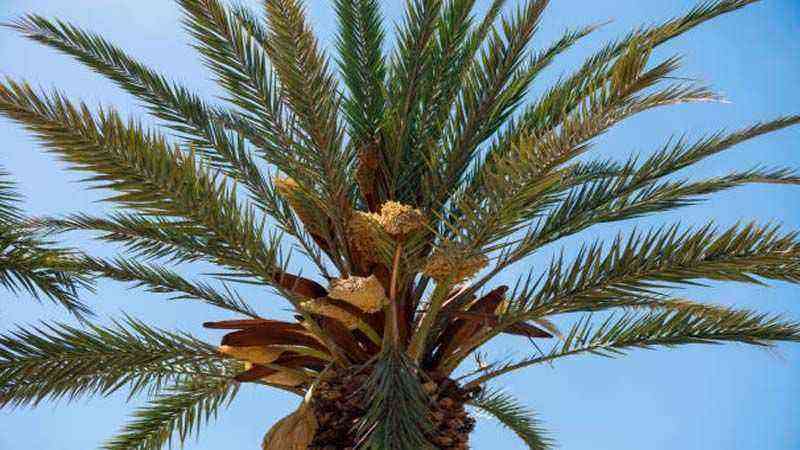
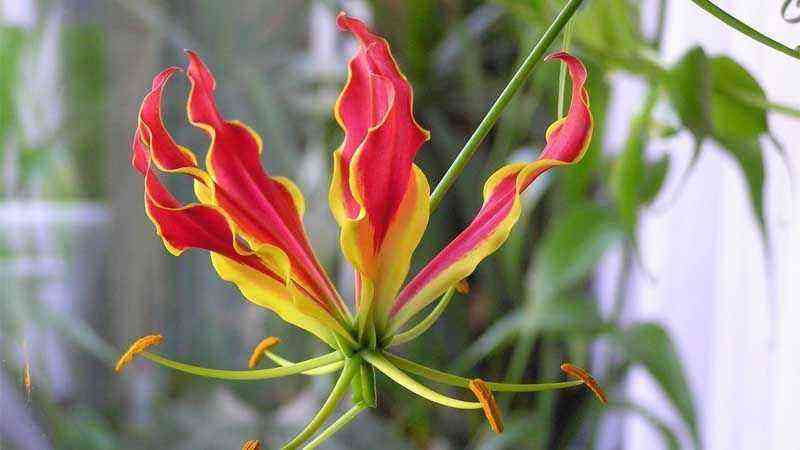
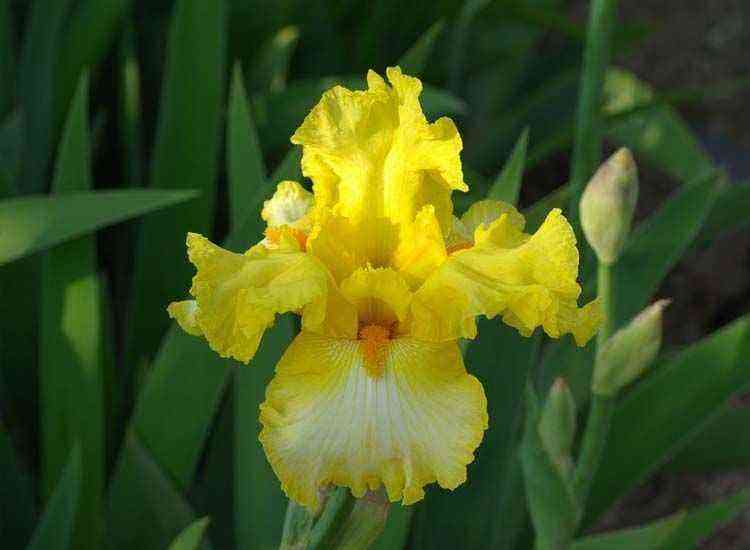
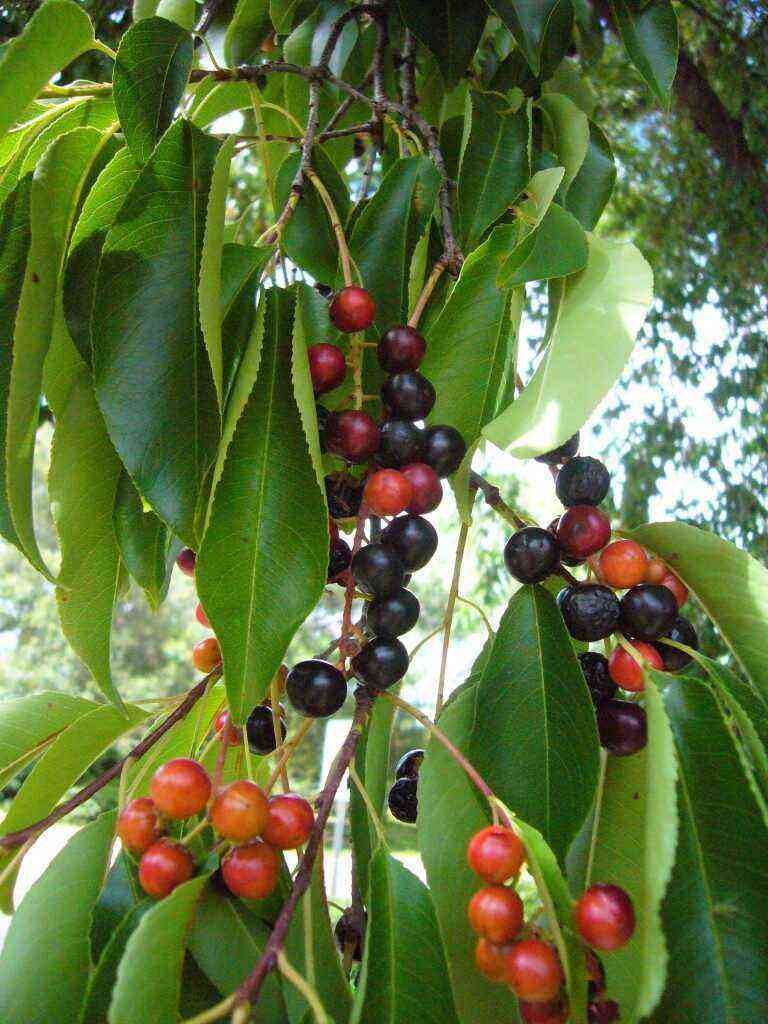
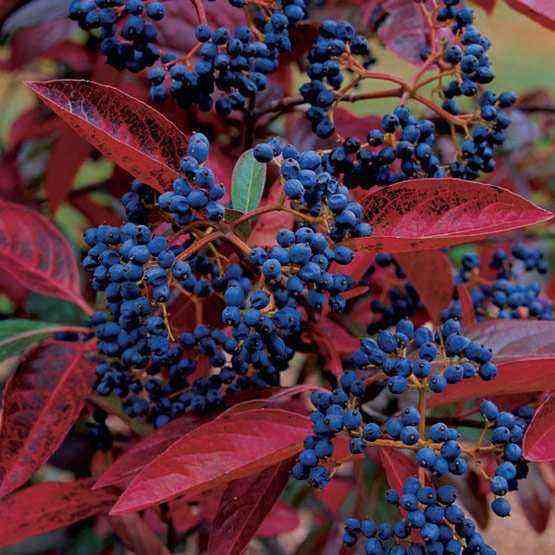
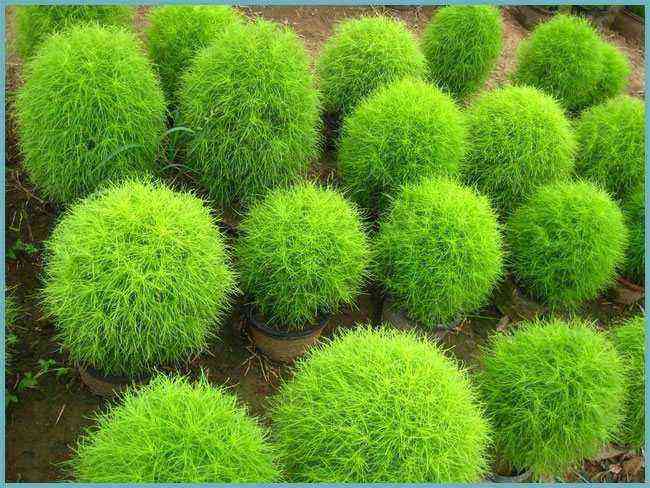

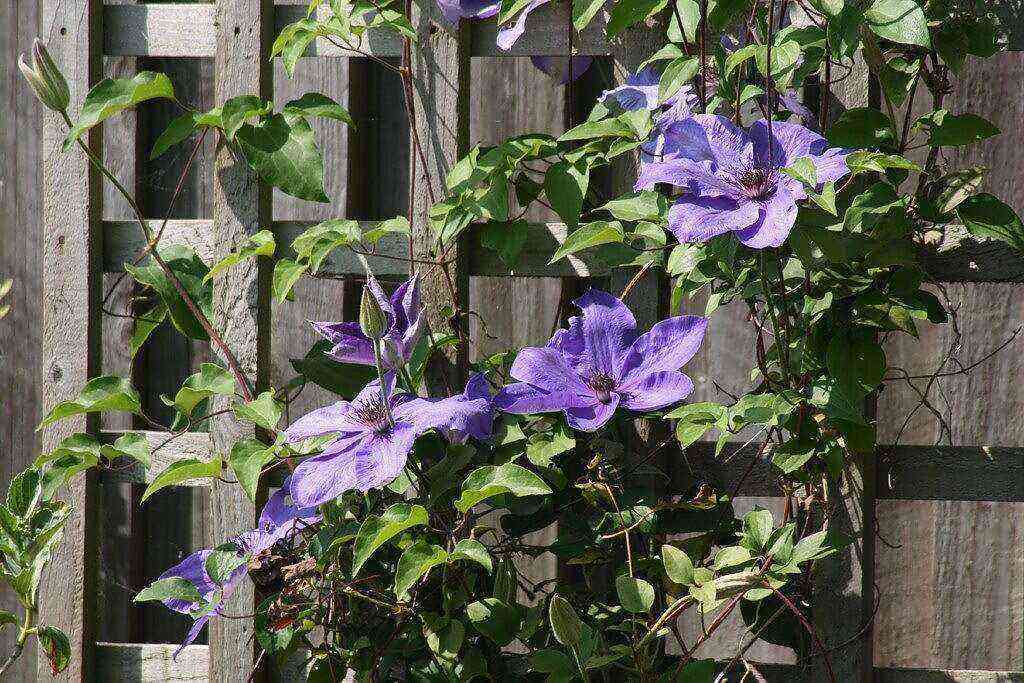
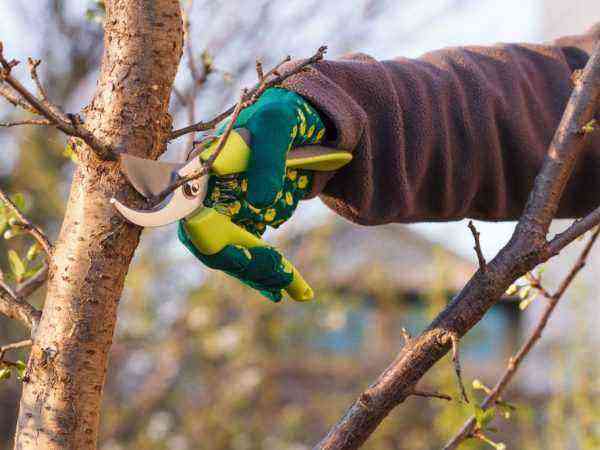

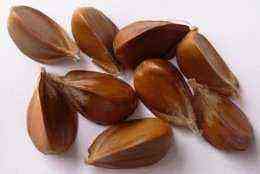

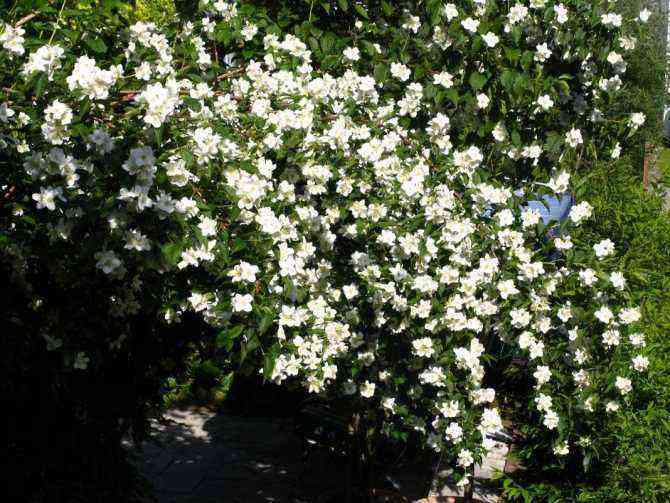
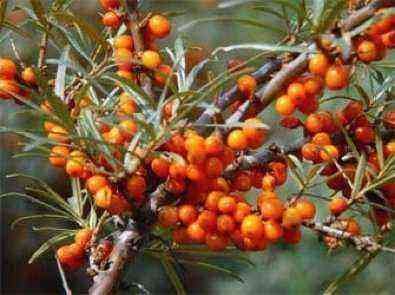

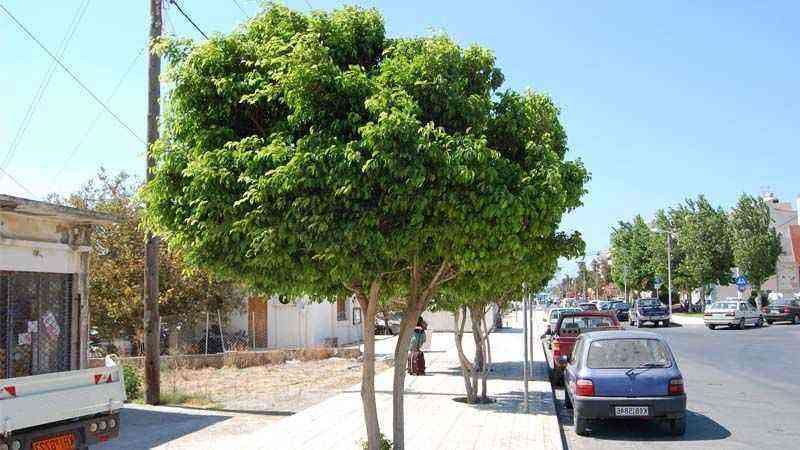
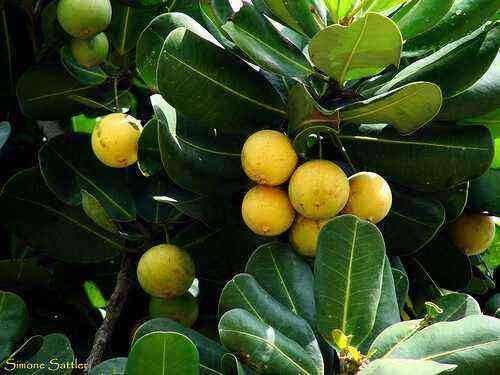


![Cultivo de Magnolia stellata [magnolia estrellada] Cultivo de Magnolia stellata [magnolia estrellada]](https://farmer-online.com/wp-content/uploads/2021/05/Cultivo-de-Magnolia-stellata-magnolia-estrellada.jpg)
